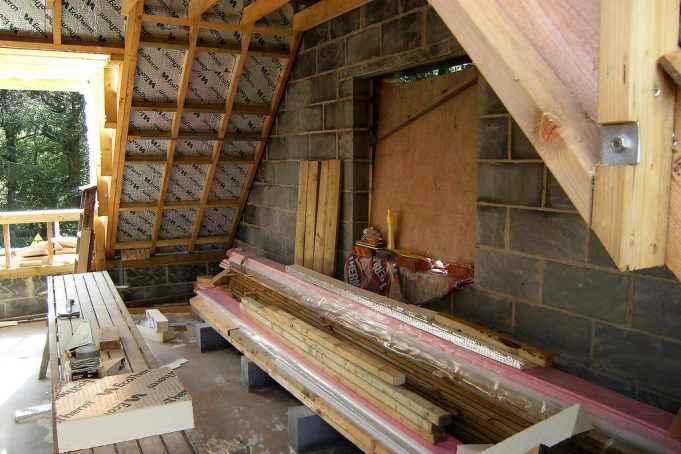We all have an interest in reducing how much heat escapes our homes. After all, the less heat our abodes leak, the less we have to spend on energy making up for that loss. Plugging pesky gaps can, of course, also help us to rein in our carbon footprint – but where exactly should you start?
In truth, various parts of the home can be culprits for heat loss – especially if the property is particularly outdated. Here are some ways you can make up for shortcomings in your insulation.
Insulate the loft
The Energy Saving Trust reports that in a home without insulation, a quarter of the property’s heat is lost through its roof. Therefore, by insulating your loft space, you can significantly trim your heating bills. In many instances, you can insulate a loft yourself, without needing extra assistance. However, if you do require help, make sure to search for a qualified roofing contractor.
However, your loft will still need to be easily accessible. In various parts of the UK, you can arrange a loft ladder installation from Instaloft, leaving you with an easy means of reaching that upper space.
Upgrade your windows
Opinion seems somewhat mixed on how much insulating benefit you can gain from replacing your windows. Consider, for a start, the experience of Medium writer Cheryl Simpson, who calls replacing old, single-pane windows “one of the best investments” her household made.
However, TheGreenAge explains that, while upgrading to double glazing can indeed help, there are various other measures you could find more cost-effective. You could, for example…
Draught proof your home
It’s easy to underestimate how much heat draughts can suck out of your home. However, when cold air is allowed to flow straight into your property, the warm air you generate at great expense inside it can simply escape through the gap, rendering your heating efforts something of a waste.
Reassuringly, though, draught-proofing can be fitted around various parts of your home – including its doors, windows, and floorboards. Insulated curtains can work well around your windows, while foam gaskets can be effectively installed on outlets.
Insulate the walls
The good news is that insulating the walls is the best technique for plugging heat leaks in your home. The bad news is that it’s also the most expensive, and you might need to arrange for a professional to implement the wall insulation on your behalf.
As a general rule, the more “complete” a wall is, the trickier it can be to insulate. Hence, you could find it convenient to include such insulation as part of a broader remodelling project.
Prevent heat from rising through the floor
An insulated floor will trap cold air and so prevent that air from escaping the floor and making itself felt on your feet. However, rather than just insulating the floor, you could also install underfloor heating that works with a traditional boiler or heat pump to let you rid your home of radiators.
Once you have followed all of the measures advocated in this article, you could also upgrade your heating system to something more energy-efficient and, thus, greener.














